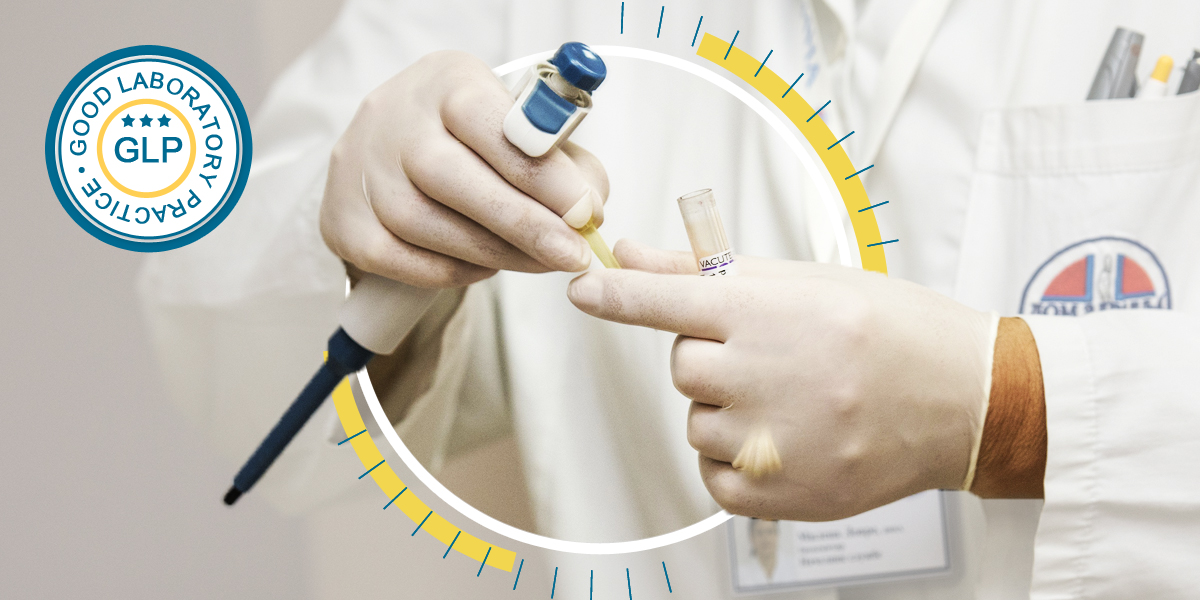Biocompatibility testing, where required for NMPA submission, is the one test that can be done outside of China provided it complies with the GB/T 16886 and ISO 10993 standards. The scope required by NMPA may be wider than US/EU. Therefore, we receive many customer queries about biocompatibility reports and whether biocompatibility testing, if deficient, can be arranged in China instead.
Biocompatibility test reports must be issued by a GLP-compliant laboratory for the NMPA (National Medical Products Administration) registration of medical devices. Our partner laboratory is GLP accredited to offer test items that comply with the GB/T 16886 and ISO 10993 standards.
Provided your biocompatibility test is issued by a GLP-compliant laboratory, the next question is whether the testing scope is satisfactory for NMPA. NMPA frequently requires wider testing than other regulators, including testing such as for subchronic toxicity.
Cisema can prepare a customized set of applicable biocompatibility test items to support the registration of different medical devices in China. Depending on the characteristics and intended use of each individual medical device, there are cases when not all test items are required. Our service offer covers the following biocompatibility test items:
| Test Item | Chinese Standard Number | International Standard Number |
| Reproductive toxicity | GB/T 16886.3-2019 | ISO 10993-3:2014 |
| Bacterial recovery mutation | GB/T 16886.3-2019 | ISO 10993-3:2014 |
| Chromosome aberration | GB/T 16886.3-2019 | ISO 10993-3:2014 |
| Mouse lymphoma cell (TK) gene mutation | GB/T 16886.3-2019 | ISO 10993-3:2014 |
| Micronucleus | GB/T 16886.3-2019 | ISO 10993-3:2014 |
| Blood coagulation | GB/T 16886.4-2003 | ISO 10993-4:2017 |
| Hematology | GB/T 16886.4-2003 | ISO 10993-4:2017 |
| Platelet | GB/T 16886.4-2003 | ISO 10993-4:2017 |
| Thrombosis | GB/T 16886.4-2003 | ISO 10993-4:2017 |
| Complement activation | GB/T 16886.4-2003 | ISO 10993-4:2017 |
| Hemolysis | GB/T 16886.4-2003 | ISO 10993-4:2017 |
| Cytotoxicity | GB/T 16886.5-2017 | ISO 10993-5:2009 |
| Subcutaneous implant | GB/T 16886.6-2015 | ISO 10993-6:2016 |
| Muscle implant | GB/T 16886.6-2015 | ISO 10993-6:2016 |
| Bone implant | GB/T 16886.6-2015 | ISO 10993-6:2016 |
| Brain implants | N.A. | ISO 10993-6:2016 |
| Residues of ethylene oxide sterilization | GB/T 16886.7-2015 | ISO 10993-7:2008/Amd.1:2019 |
| Qualitative and quantitative framework for potential degradation products | GB/T 16886.9-2017 | ISO 10993-9:2019 |
| Penisto stimulate | GB/T 16886.10-2017 | ISO 10993-10:2010 |
| Sensitization | GB/T 16886.10-2017 | ISO 10993-10:2010 |
| Rectum stimulus | GB/T 16886.10-2017 | ISO 10993-10:2010 |
| Vaginal stimulation | GB/T 16886.10-2017 | ISO 10993-10:2010 |
| Intradermal reaction | GB/T 16886.10-2017 | ISO 10993-10:2010 |
| Skin irritation | GB/T 16886.10-2017 | ISO 10993-10:2010 |
| Eye irritation | GB/T 16886.10-2017 | ISO 10993-10:2010 |
| Oral stimulation | GB/T 16886.10-2017 | ISO 10993-10:2010 |
| Acute systemic toxicity | GB/T 16886.11-2011 | ISO 10993-11:2017 |
| Subacute toxicity | GB/T 16886.11-2011 | ISO 10993-11:2017 |
| Subchronic toxicity | GB/T 16886.11-2011 | ISO 10993-11:2017 |
| Chronic toxicity | GB/T 16886.11-2011 | ISO 10993-11:2017 |
| Pyrogen | GB/T 16886.11-2011 | ISO 10993-11:2017 |
| Qualitative and quantitative characterization of polymer degradation products | GB/T 16886.13-2017 | ISO 10993-13:2010 |
| Qualitative and quantitative analysis of degradation products of ceramics | GB/T 16886.14-2003 | ISO 10993-14:2001 |
| Qualitative and quantitative characterization of degradation products of metals and alloys | GB/T 16886.15-2003 | ISO 10993-15:2019 |
| Study and design of toxicity kinetics of degradation products and leachable substances | GB/T 16886.16-2013 | ISO 10993-16:2017 |
Contact Cisema if you would like to learn more.

 Deutsch
Deutsch  Italiano
Italiano  Français
Français  日本語
日本語  한국어
한국어 



